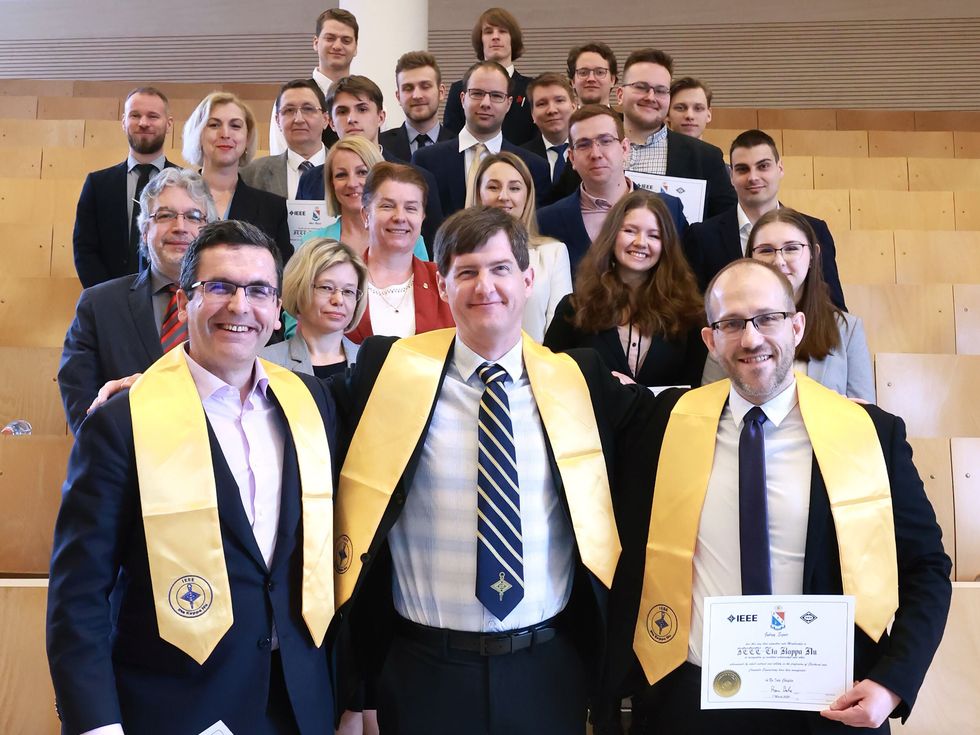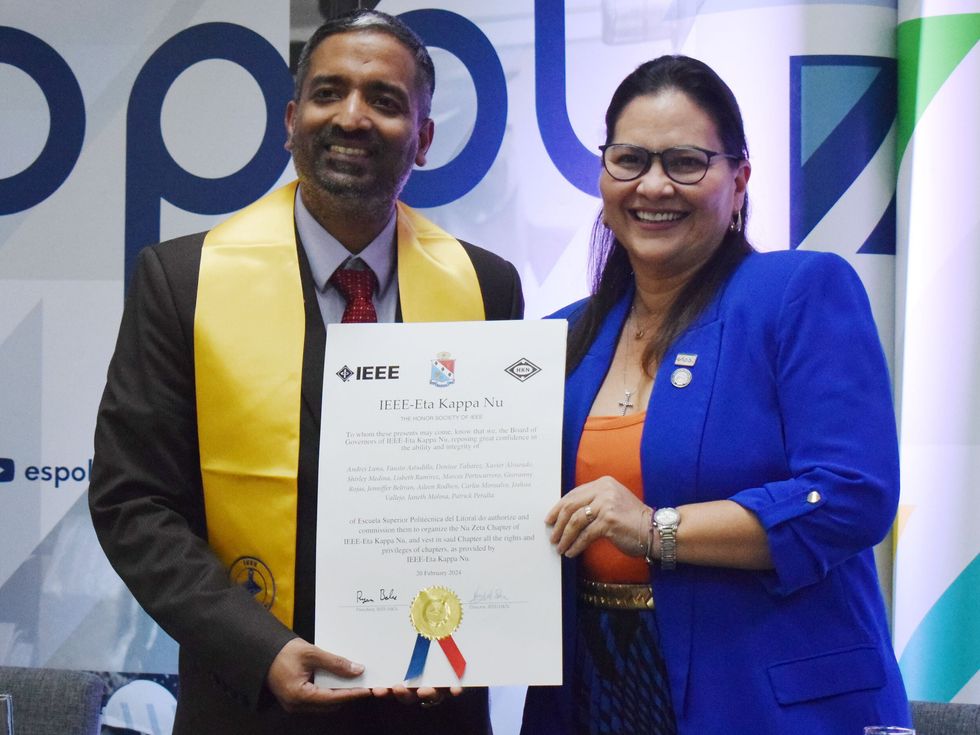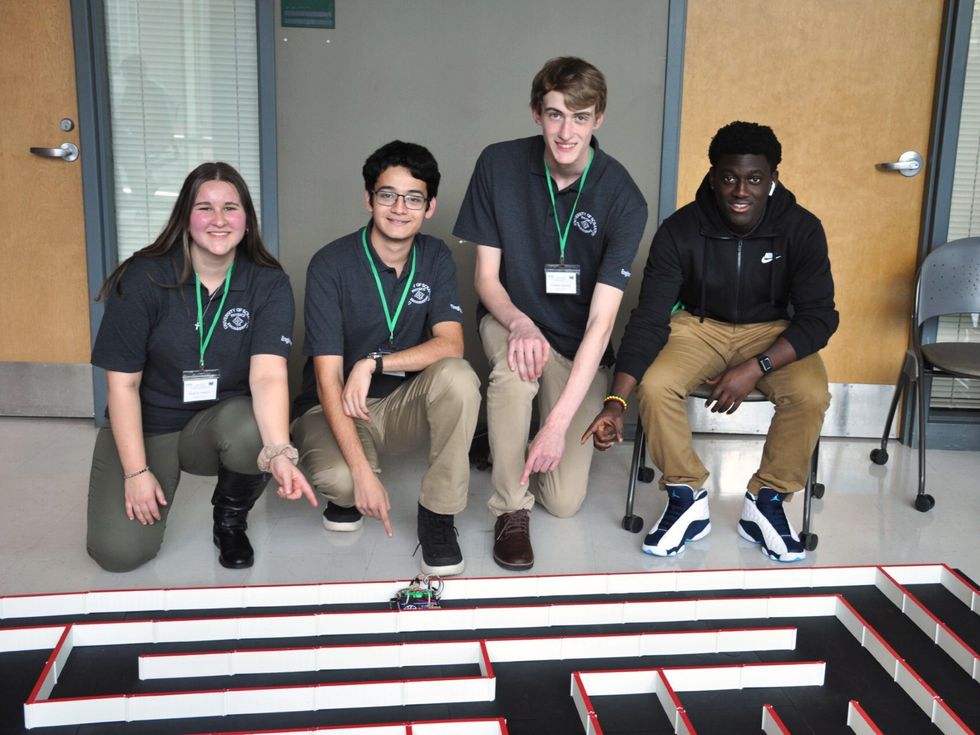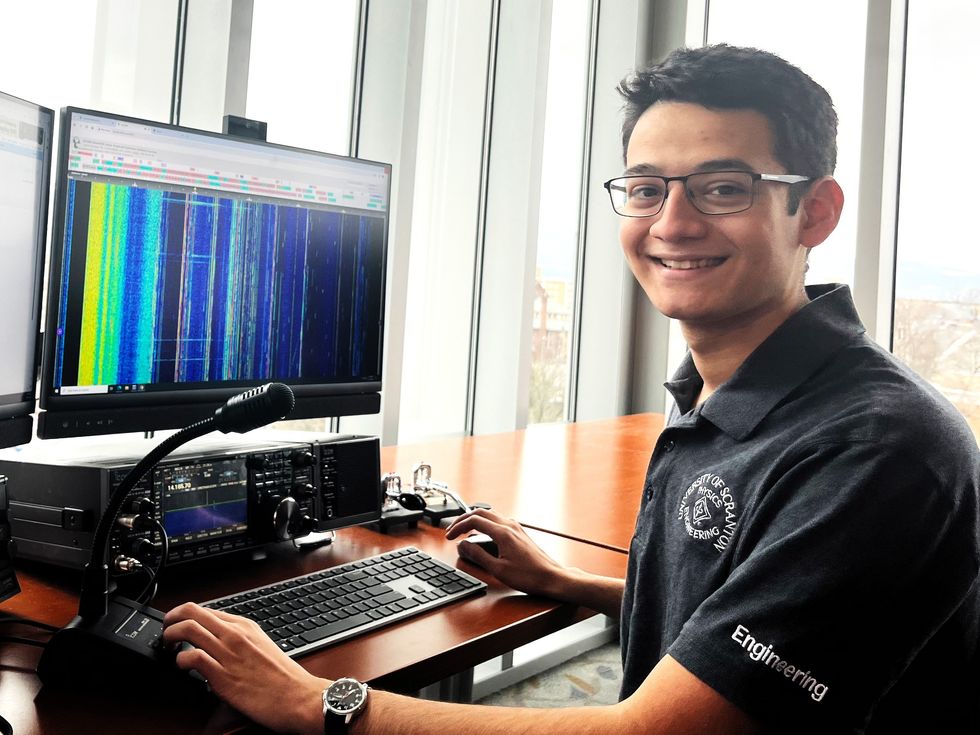A Non-Engineer’s Journey to IEEE Leadership

Sharlene Brown often accompanied her husband, IEEE Senior Member Damith Wickramanayake, to organization meetings. He has held leadership positions in the IEEE Jamaica Section, in IEEE Region 3, and on the IEEE Member and Geographic Activities board. Both are from Jamaica.
She either waited outside the conference room or helped with tasks such as serving refreshments. Even though her husband encouraged her to sit in on the meetings, she says, she felt uncomfortable doing so because she wasn’t an engineer. Brown is an accountant and human resources professional. Her husband is a computer science professor at the University of Technology, Jamaica, in Kingston. He is currently Region 3’s education activities coordinator and a member of the section’s education and outreach committee for the IEEE Educational Activities Board.
Sharlene Brown
Employer
Maritime Authority of Jamaica, in Kingston
Title
Assistant accountant
Member grade
Senior member
Alma mater
University of Technology, Jamaica, in Kingston; Tsinghua University, in Beijing
After earning her master’s degree in public administration in 2017, Brown says, she felt she finally was qualified to join IEEE, so she applied. Membership is open to individuals who, by education or experience, are competent in different fields including management. She was approved the same year.
“When I joined IEEE, I would spend long hours at night reading various operations manuals and policies because I wanted to know what I was getting into,” she says. “I was always learning. That’s how I got to know a lot of things about the organization.”
Brown is now a senior member and an active IEEE volunteer. She founded the Jamaica Section’s Women in Engineering group; established a student branch; sits on several high-level IEEE boards; and ran several successful recruitment campaigns to increase the number of senior members in Jamaica and throughout Region 3.
Brown was also a member of the subcommittee of the global Women in Engineering committee; she served as membership coordinator and ran several successful senior member campaigns, elevating women on the committee and across IEEE.
Brown also was integral in the promotion and follow-up activities for the One IEEE event held in January at the University of Technology, Jamaica. The first-of-its-kind workshop connected more than 200 participants to each other and to the organization by showcasing Jamaica’s active engineering community. The Jamaica Section has 135 IEEE members.
From factory worker to accountant
Brown grew up in Bog Walk, a rural town in the parish of St. Catherine. Because she had low grades in high school, the only job she was able to get after graduating was as a temporary factory worker at the nearby Nestlé plant. She worked as many shifts as she could to help support her family.
“I didn’t mind working,” she says, “because I was making my mark. Anything I do, I am going to be excellent at, whether it’s cleaning the floor or doing office work.” But she had bigger plans than being a factory worker, she says.
A friend told her about a temporary job overseeing exams at the Jamaican Institute of Management, now part of the University of Technology. Brown worked both jobs for a time until the school hired her full time to do administrative work in its accounting department.
One of the perks of working there was free tuition for employees, and Brown took full advantage. She studied information management and computer applications, Jamaican securities, fraud detection, forensic auditing, and supervisory management, earning an associate degree in business administration in 2007. The school hired her in 2002 as an accountant, and she worked there for five years.
In 2007 she joined the Office of the Prime Minister, in Kingston, initially as an officer handling payments to suppliers. Her hard work and positive attitude got her noticed by other managers, she says. After a month she was tapped by the budget department to become a commitment control officer, responsible for allocating and overseeing funding for four of the country’s ministries.
“What I realized through my volunteer work in IEEE is that you’re never alone. There is always somebody to guide you.”
As a young accountant, she didn’t have hands-on experience with budgeting, but she was a quick learner who produced quality work, she says. She learned the budgeting process by helping her colleagues when her work slowed down and during her lunch breaks.
That knowledge gave her the skills she needed to land her current job as an assistant accountant with the budget and management accounts group in the Maritime Authority of Jamaica accounts department, a position she has held since 2013.
While she was working for the Office of the Prime Minister, Brown continued to further her education. She took night courses at the University of Technology and, in 2012, earned a bachelor’s degree in business administration. She majored in accounting and minored in human resources management.
She secured a full scholarship in 2016 from the Chinese government to study public administration in Beijing at Tsinghua University, earning a master’s degree with distinction in 2017.
Brown says she is now ready to shift to a human resources career. Even though she has been supervising people for more than 17 years, though, she is having a hard time finding an HR position, she says.
Still willing to take on challenges, she is increasing her experience by volunteering with an HR consulting firm in Jamaica. To get more formal training, she is currently working on an HR certification from the Society for Human Resource Management.
 Sharlene Brown arranged for the purchase of 350 desk shields for Jamaican schools during the COVID-19 pandemic.Sharlene Brown
Sharlene Brown arranged for the purchase of 350 desk shields for Jamaican schools during the COVID-19 pandemic.Sharlene Brown
Building a vibrant community
After graduating from Tsinghua University, Brown began volunteering for the IEEE Jamaica Section and Region 3.
In 2019 she founded the section’s IEEE Women in Engineering affinity group, which she chaired for three years. She advocated for more women in leadership roles and has run successful campaigns to increase the number of female senior members locally, regionally, and globally across IEEE. She herself was elevated to senior member in 2019.
Brown also got the WIE group more involved in helping the community. One project she is particularly proud of is the purchase of 350 desk shields for Jamaican schools so students could more safely attend classes and examination sessions in person during the COVID-19 pandemic.
Brown was inspired to undertake the project when a student explained on a local news program that his family couldn’t afford Internet for their home, so he was unable to attend classes remotely.
“Every time I watched the video clip, I would cry,” she says. “This young man might be the next engineer, the country’s next minister, or the next professional.
“I’m so happy we were able to get funding from Region 3 and a local organization to provide those shields.”
She established an IEEE student branch at the Caribbean Maritime University, in Kingston. The branch had almost 40 students at the time of formation.
Brown is working to form student branches at other Jamaican universities, and she is attempting to establish an IEEE Power & Energy Society chapter in the section.
She is a member of several IEEE committees including the Election Oversight and Tellers. She serves as chair for the region’s Professional Activities Committee.
“What I realized through my volunteer work in IEEE is that you’re never alone,” she says. “There is always somebody to help guide you. If they don’t know something, they will point you to the person who does.
“Also, you’re allowed to make mistakes,” she says. “In some organizations, if you make a mistake, you might lose your job or have to pay for your error. But IEEE is your professional home, where you learn, grow, and make mistakes.”
On some of the IEEE committees where she serves, she is the only woman of color, but she says she has not faced any discrimination—only respect.
“I feel comfortable and appreciated by the people and the communities I work with,” she says. “That motivates me to continue to do well and to touch lives positively. That’s what makes me so active in serving in IEEE: You’re appreciated and rewarded for your hard work.”










 Students from the IEEE-HKN Lambda Chi chapter at Hampton University in Virginia celebrate their induction with a cake. IEEE-Eta Kappa Nu
Students from the IEEE-HKN Lambda Chi chapter at Hampton University in Virginia celebrate their induction with a cake. IEEE-Eta Kappa Nu 2024 IEEE-HKN president Ryan Bales [center] with members of the Nu Iota chapter at Óbuda University in Budapest. IEEE-Eta Kappa Nu
2024 IEEE-HKN president Ryan Bales [center] with members of the Nu Iota chapter at Óbuda University in Budapest. IEEE-Eta Kappa Nu






 Student Member Gerard N. Piccini [second from left] with teammates from the IEEE Club Student Branch who competed in the IEEE Region 2 Micro Mouse contest. Gabrina Garangmau
Student Member Gerard N. Piccini [second from left] with teammates from the IEEE Club Student Branch who competed in the IEEE Region 2 Micro Mouse contest. Gabrina Garangmau